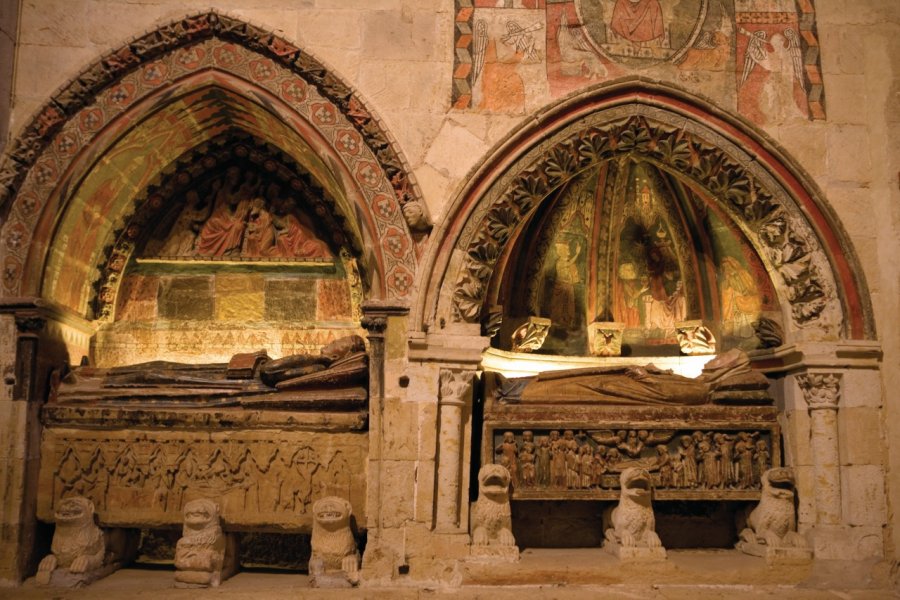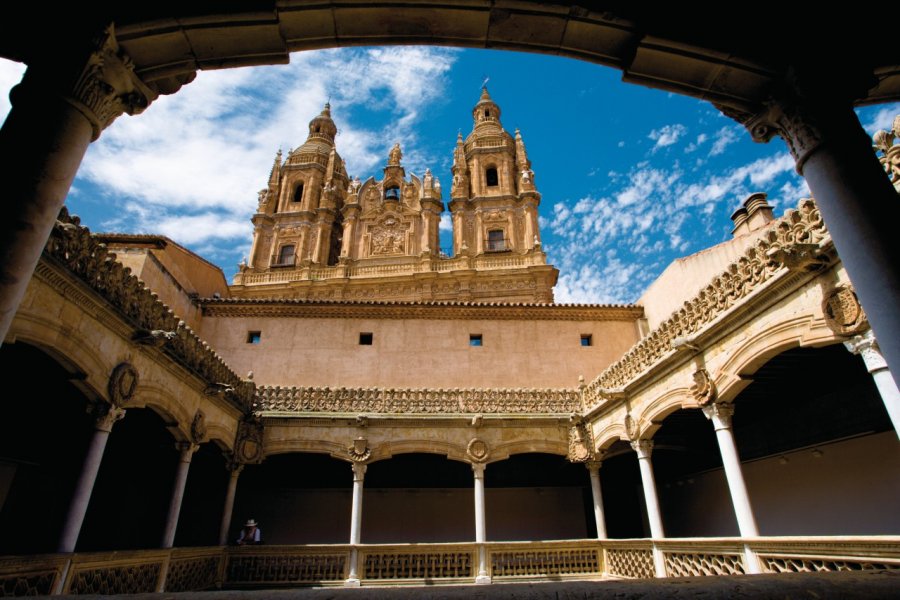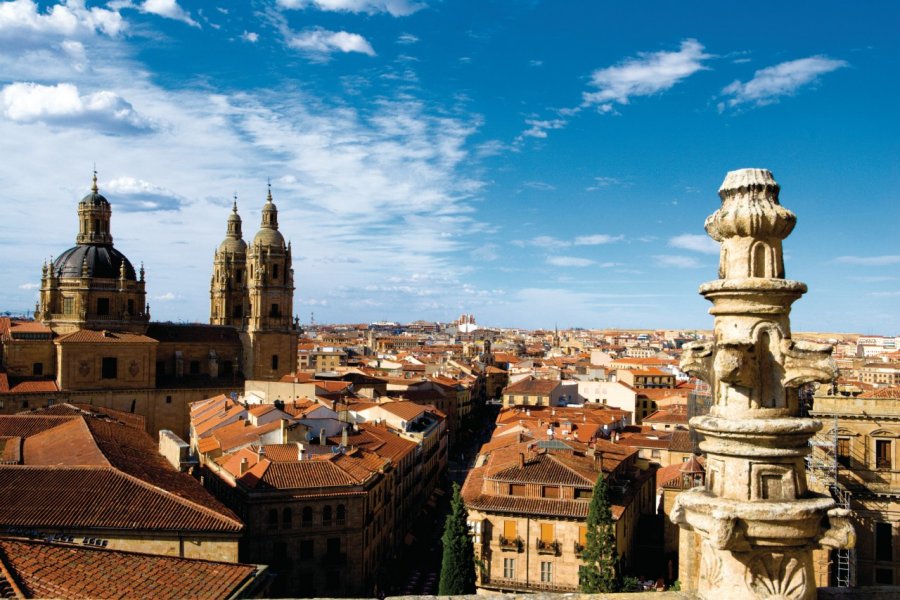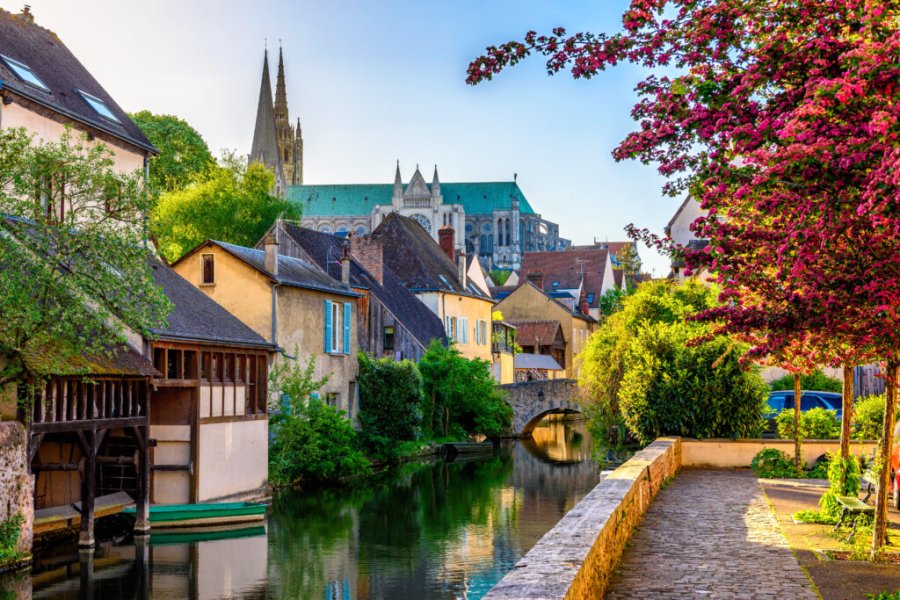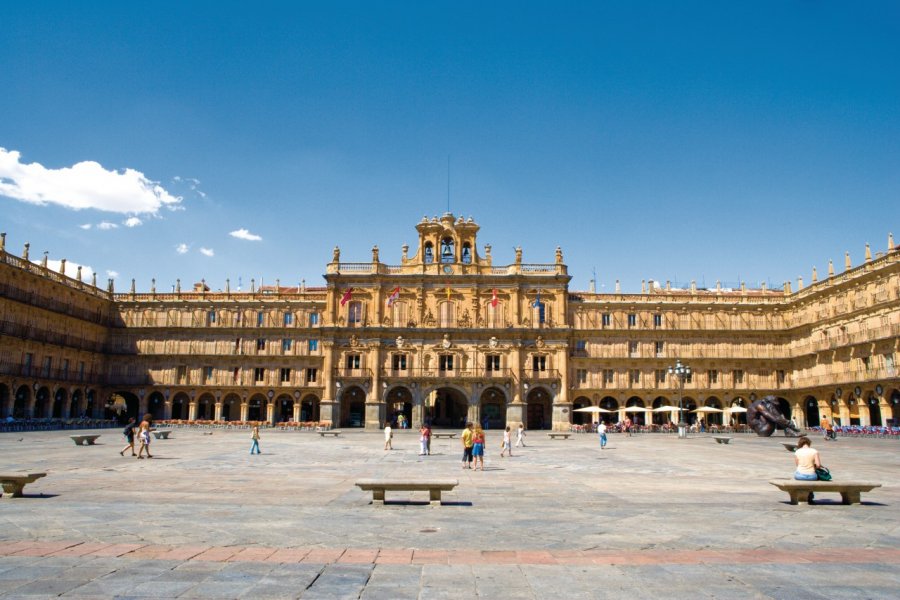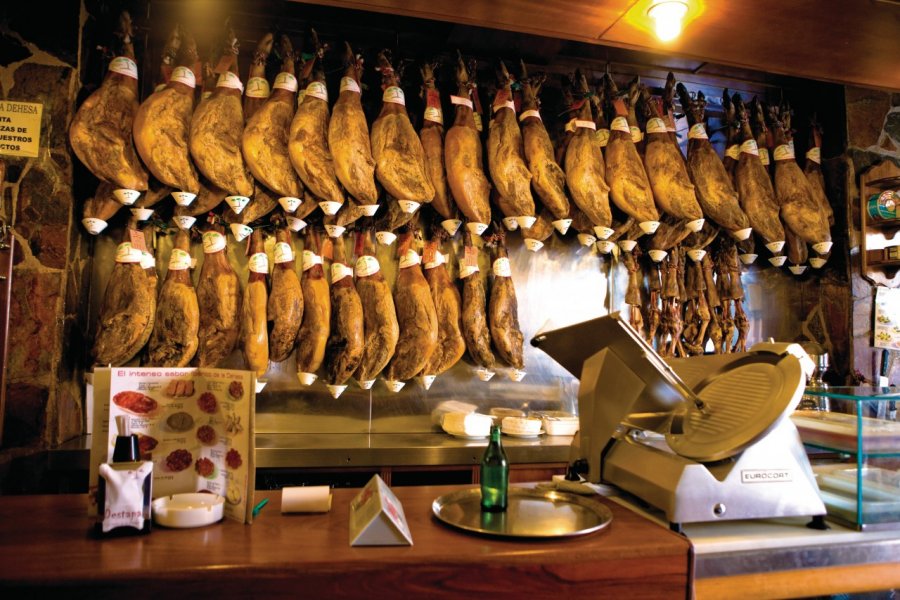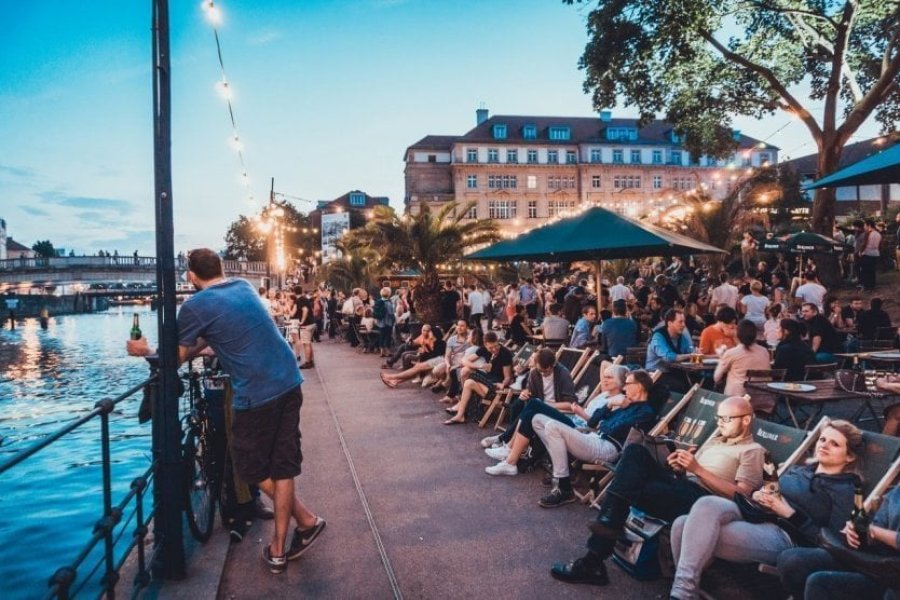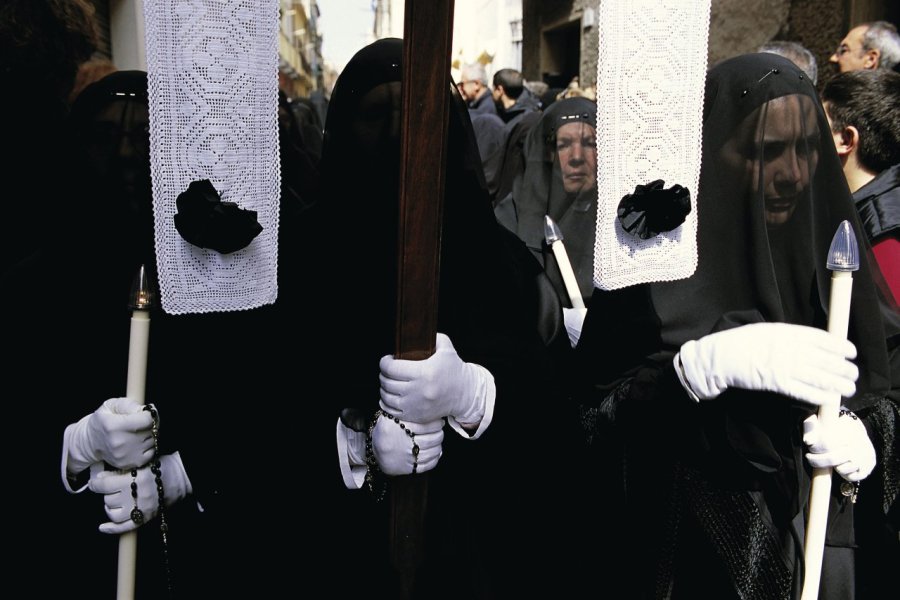Travel Guide Salamanca
Find an accommodation
Advertising
Its very name evokes the Golden Age, the glory of a radiant and erudite Spain. Cervantes, Calderón and Lope de Vega all graced the benches of its university, one of the most prestigious in Europe. The city's destiny is intimately linked to one date: 1218, the year King Alfonso IX created the General Studies Department. Then there's the time before 1218: first as the small capital of a Celtiberian tribe conquered by the legendary Hannibal in the 3rd century BC, then as an important crossroads on the silver route exploited by the Romans - as evidenced by the long bridge spanning the Tormes at the city's entrance. In 1085, the Christians put an end to the Moorish occupation, launching a repopulation campaign accompanied by major works. But, above all, the city owes its monumental wealth to the debauchery of golden stones that literally covered the city beyond the 13th century, from 1218 to be precise. In fact, the city's urban development followed closely on the heels of its university boom. In the 16th century, at its height, students from all over the kingdom, as well as from Lyon, Naples and Lisbon, accounted for a third of the city's inhabitants. The new cathedral, university and convents of San Estebán and Las Dueñas were built under the aegis of the flourishing Salmantine style. Two centuries later, the Plaza Mayor was consecrated as the most beautiful in Spain. Adorned in its finest finery, Salamanca welcomes some 25,000 students every year, as well as tourists, and is also a leading destination for language courses, thanks to its human scale, elegance and Spanish savoir-vivre.
What to visit Salamanca?
Advertising
Weather at the moment
Advertising
Organize your trip with our partners Salamanca
Transportation
Book your plane tickets
Car Rental
Boat rental
Accommodation & stays
Find a hotel
Holiday rental
Find your campsite
Tailor-made trip
Immersion travel
Services / On site
Activities & visits
Find a doctor
Find unique Stay Offers with our Partners
Pictures and images Salamanca
Featured articles Salamanca
Other destinations nearby Salamanca
25 km away
